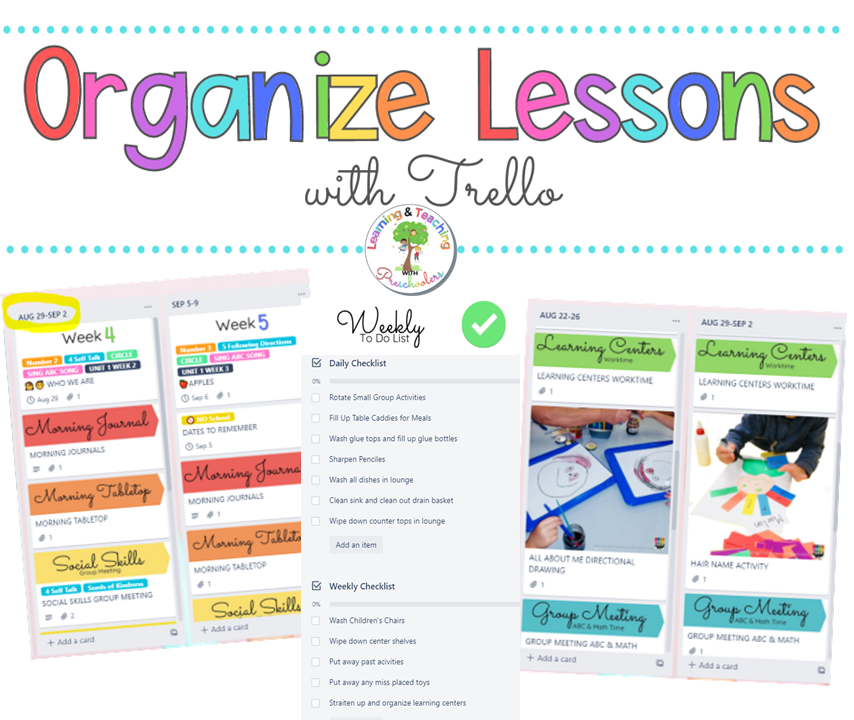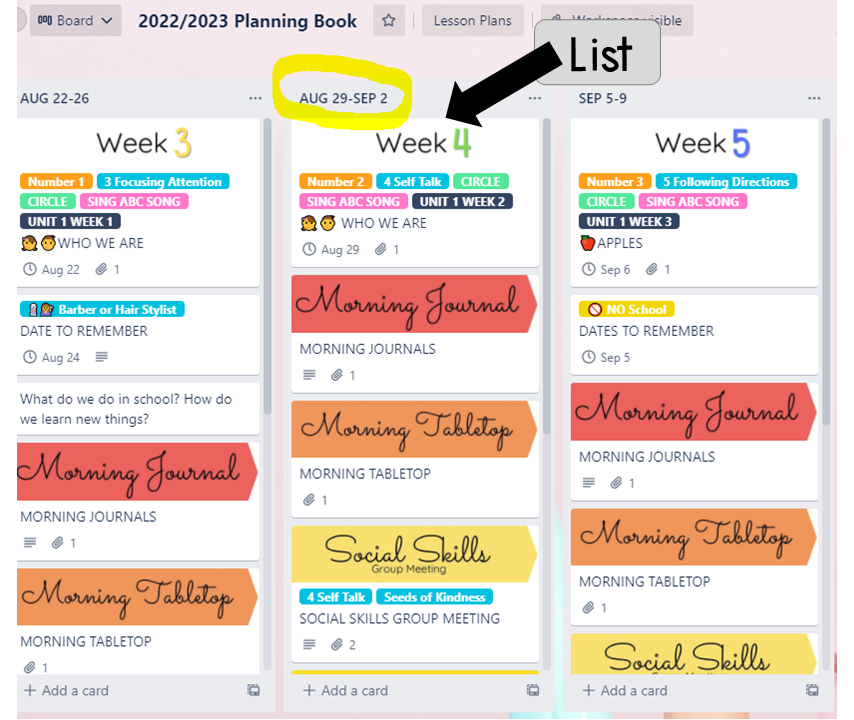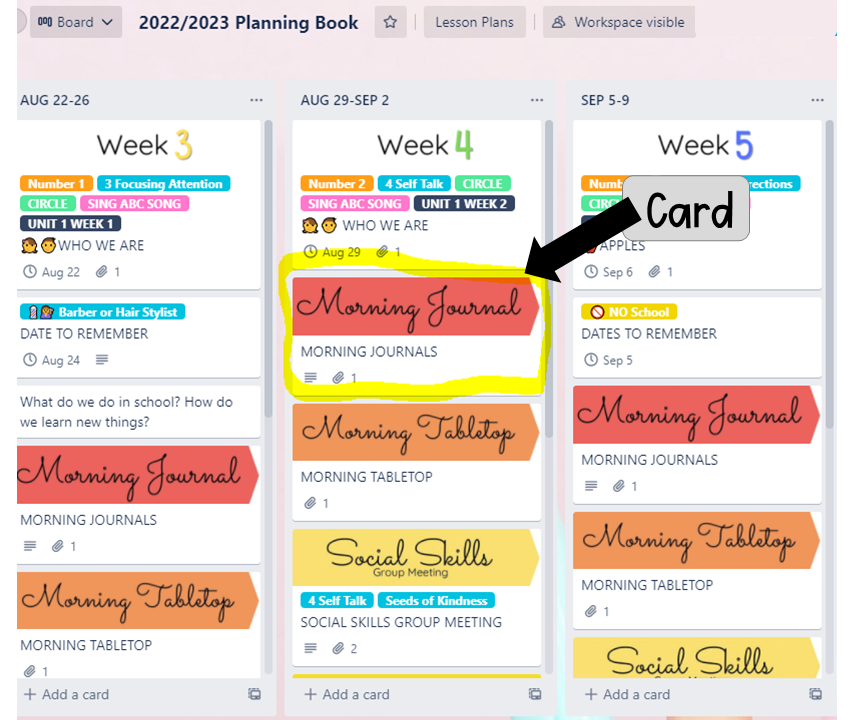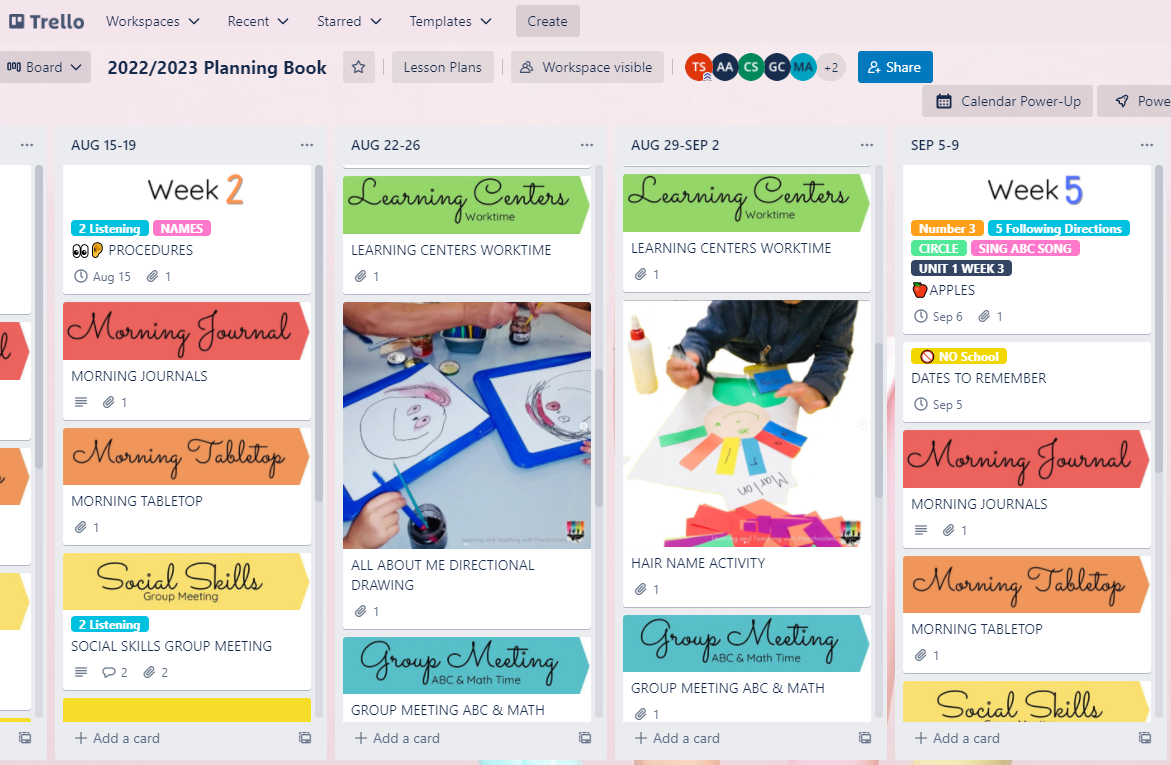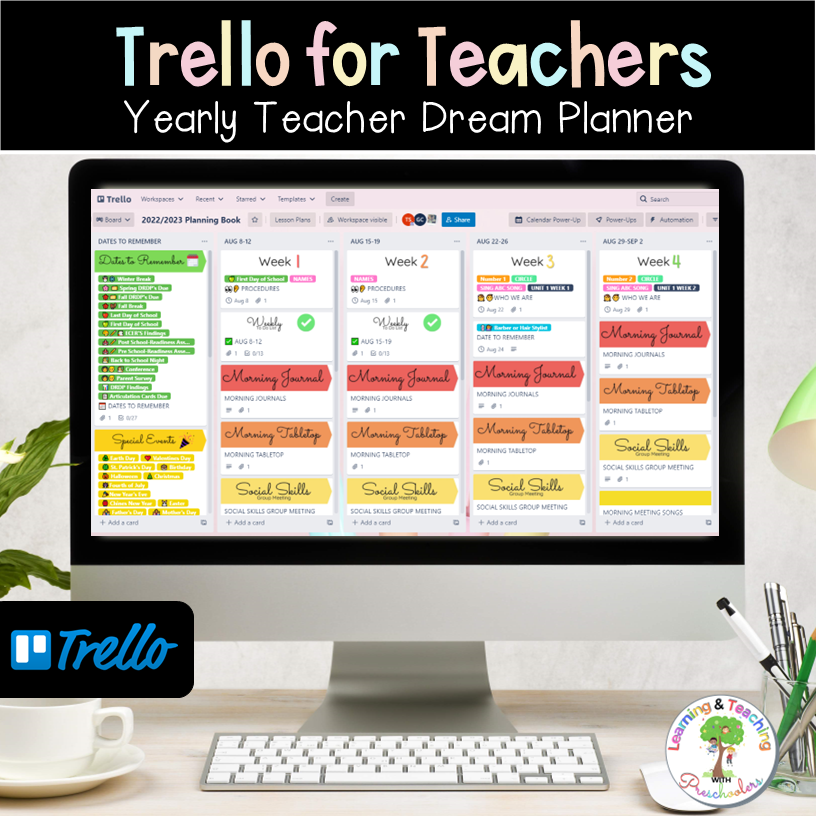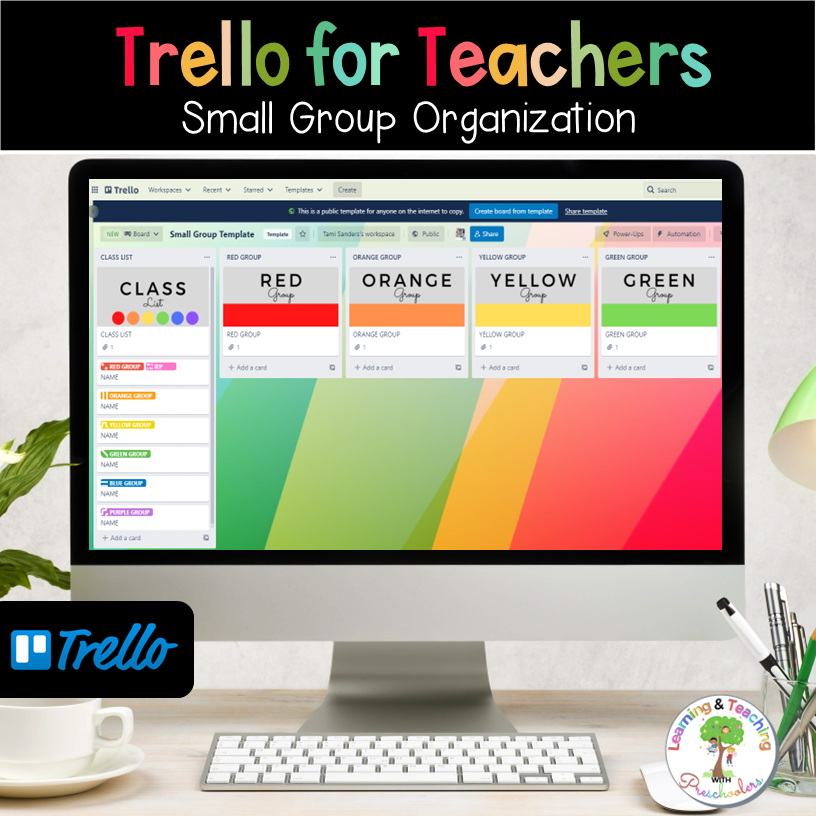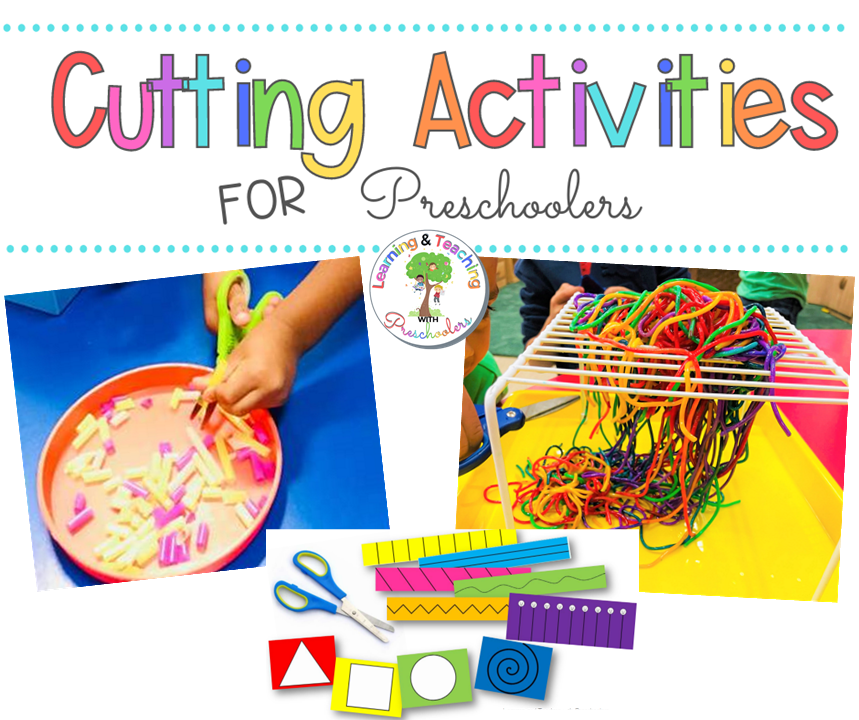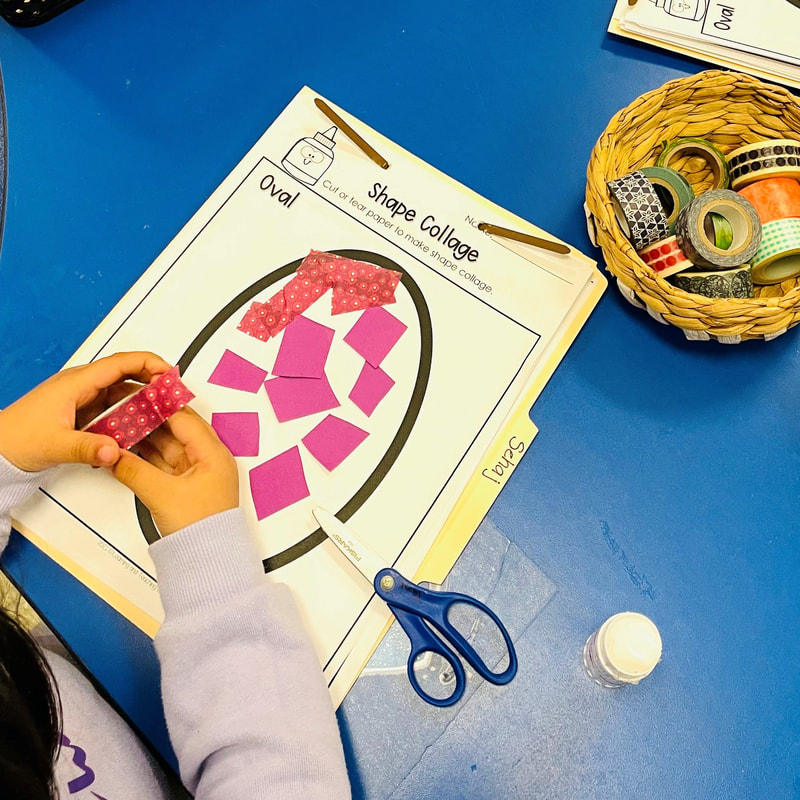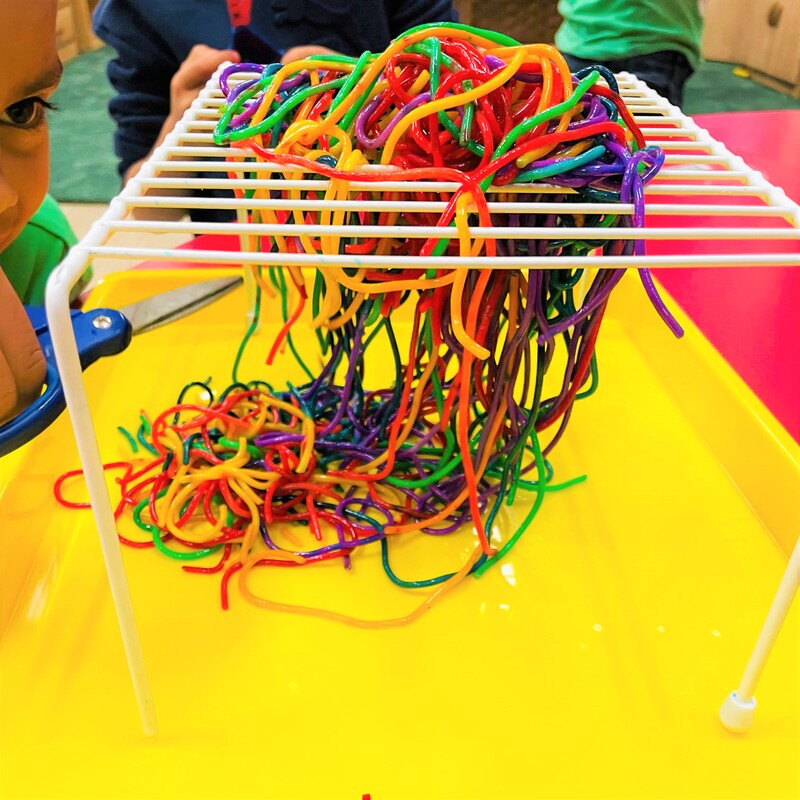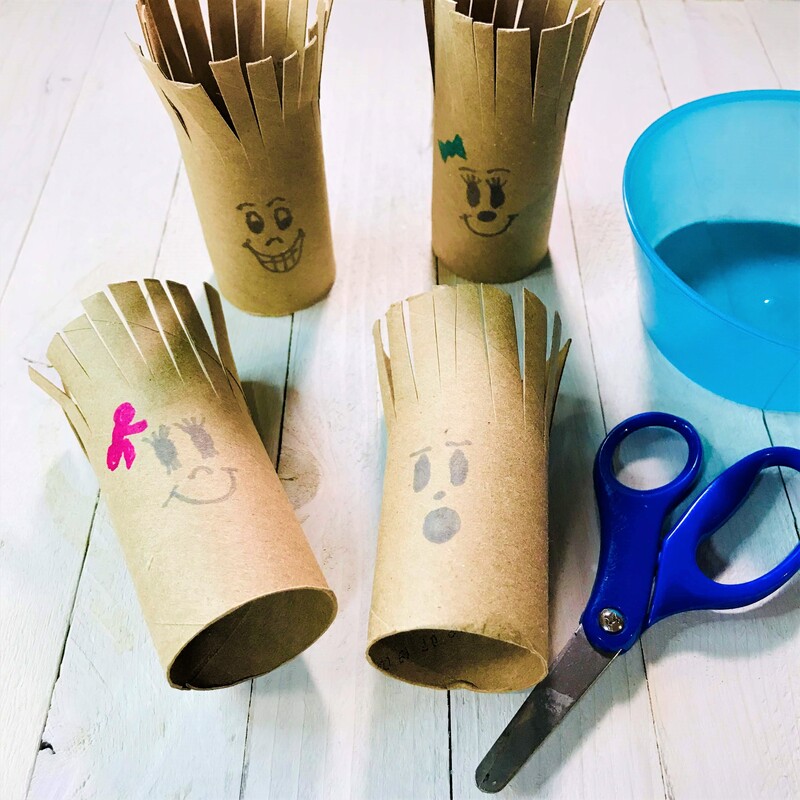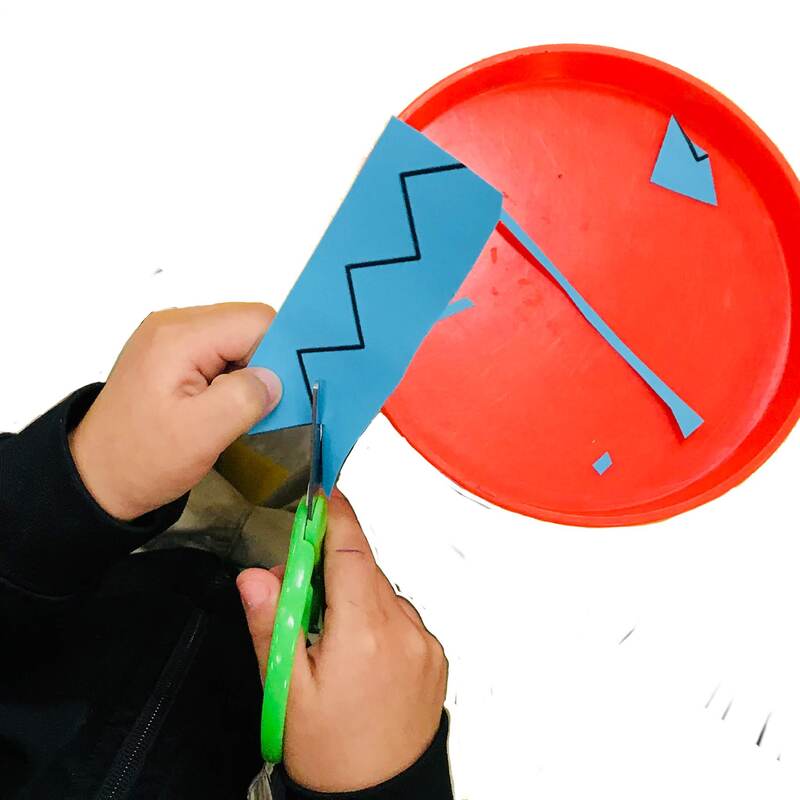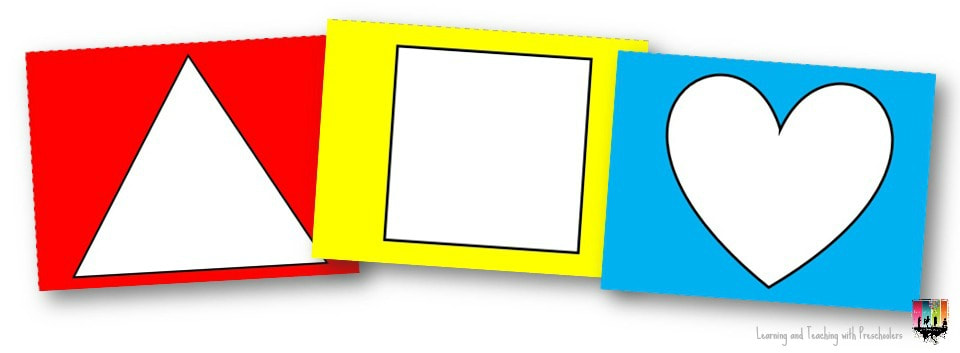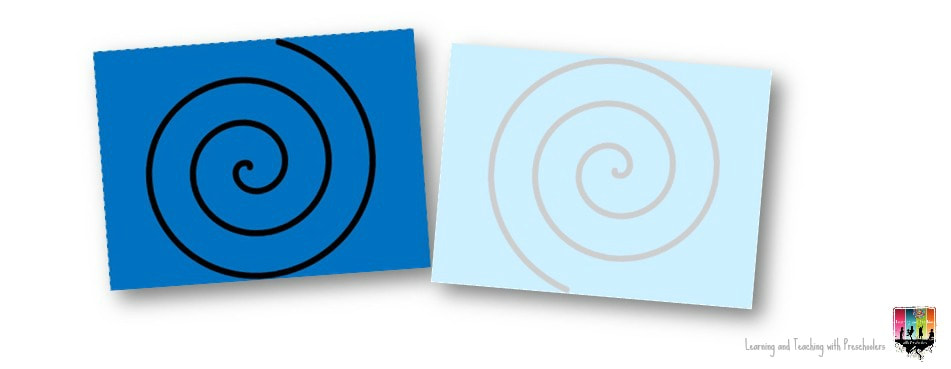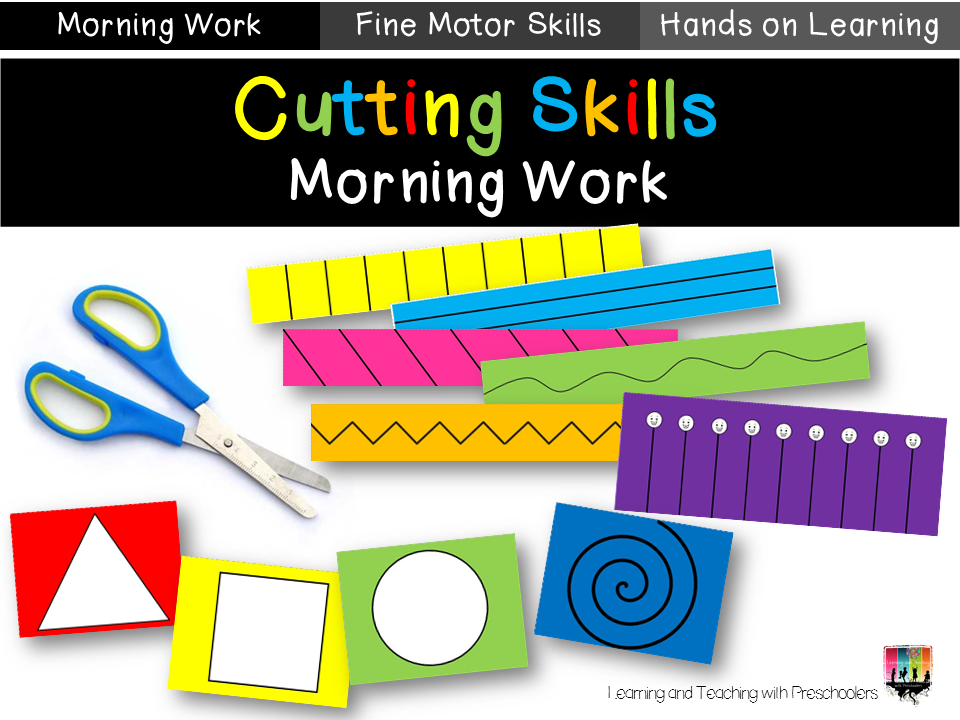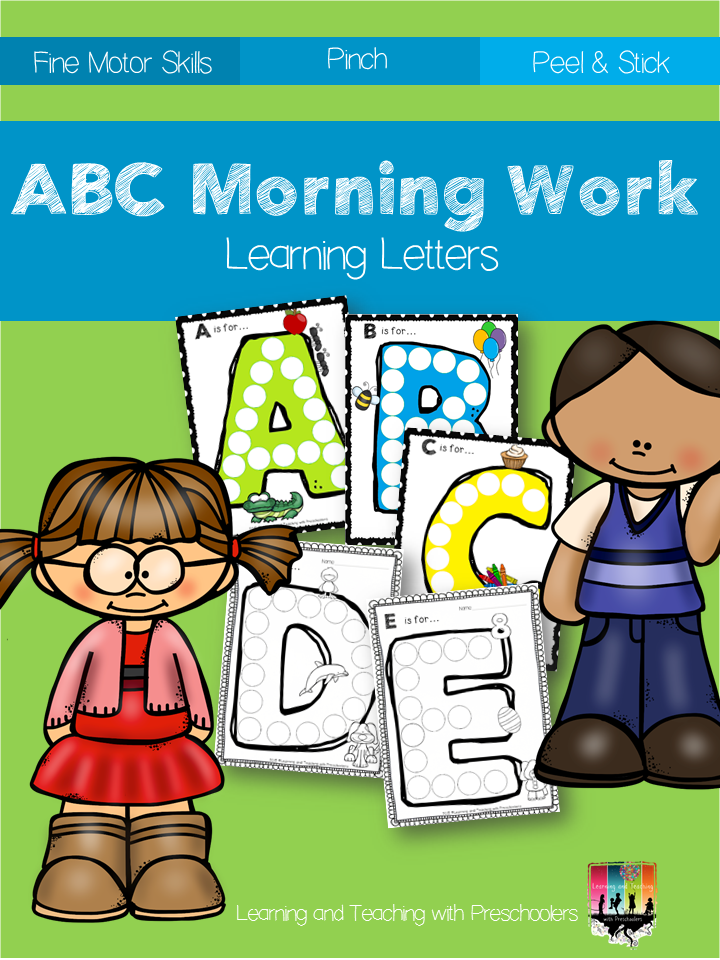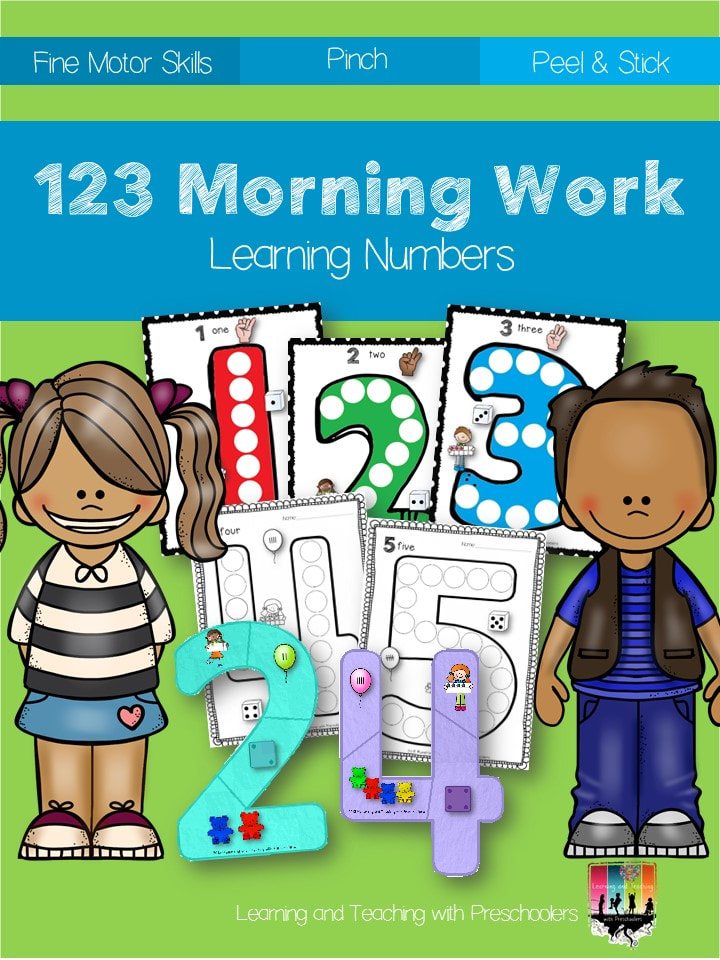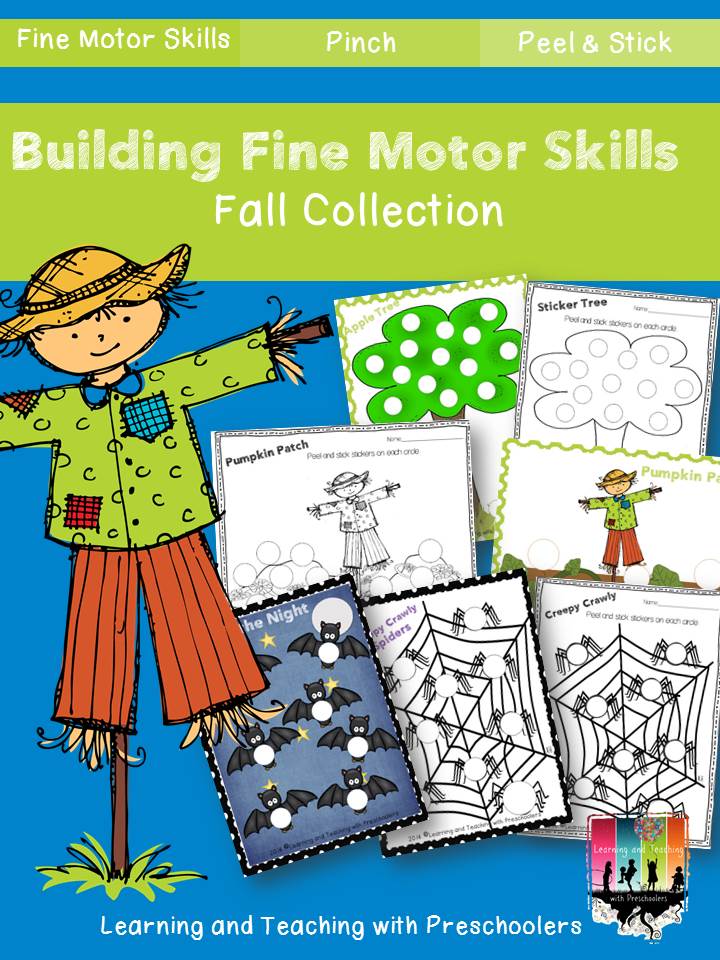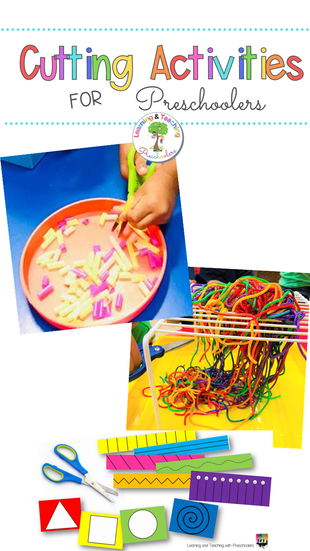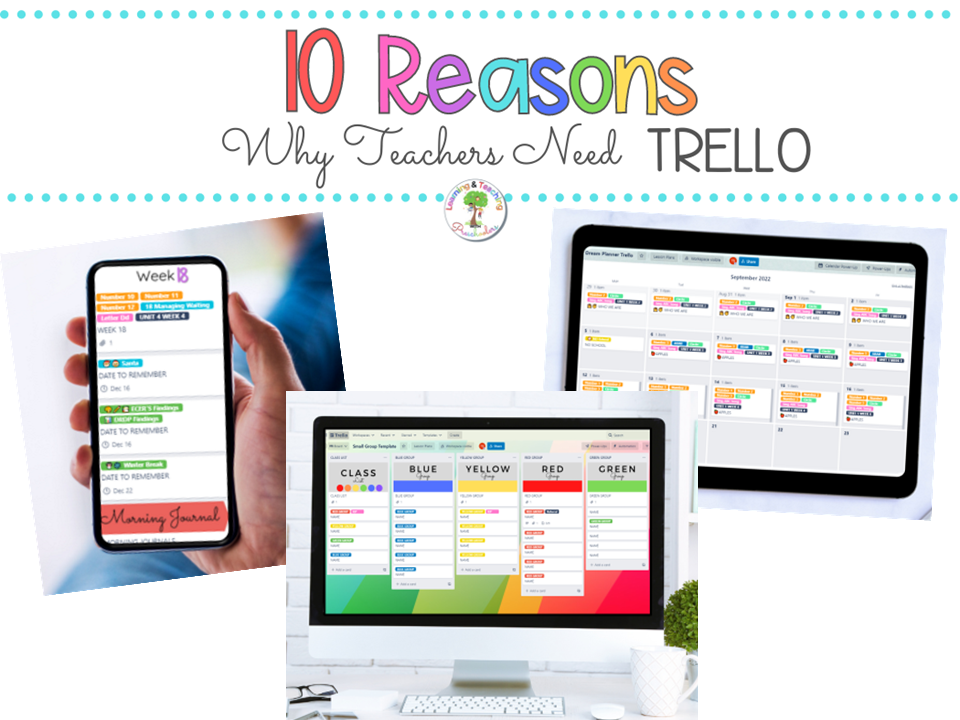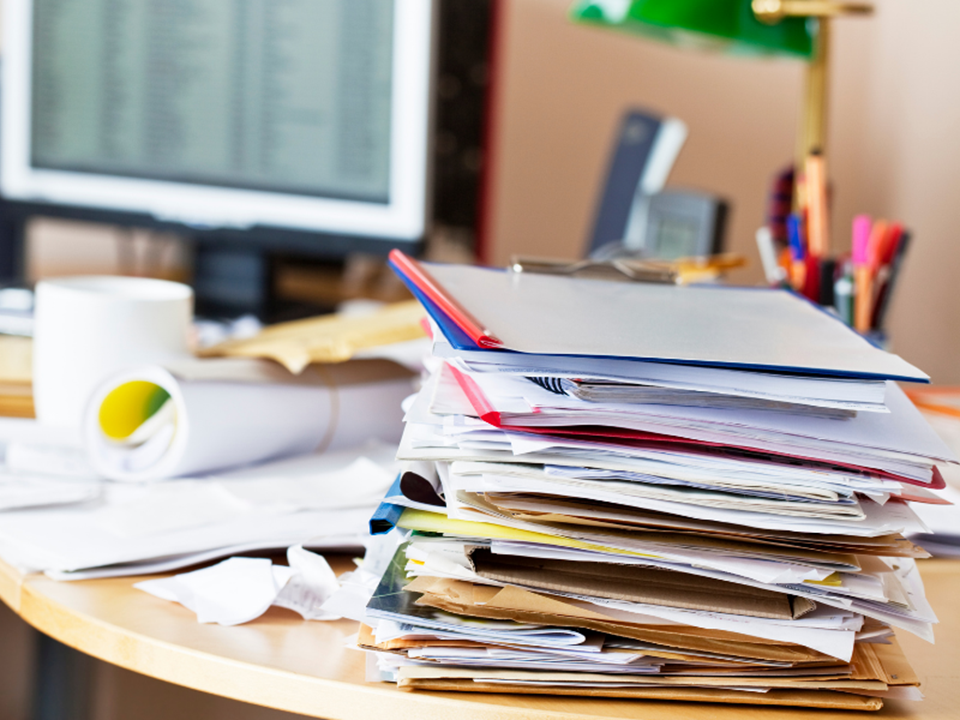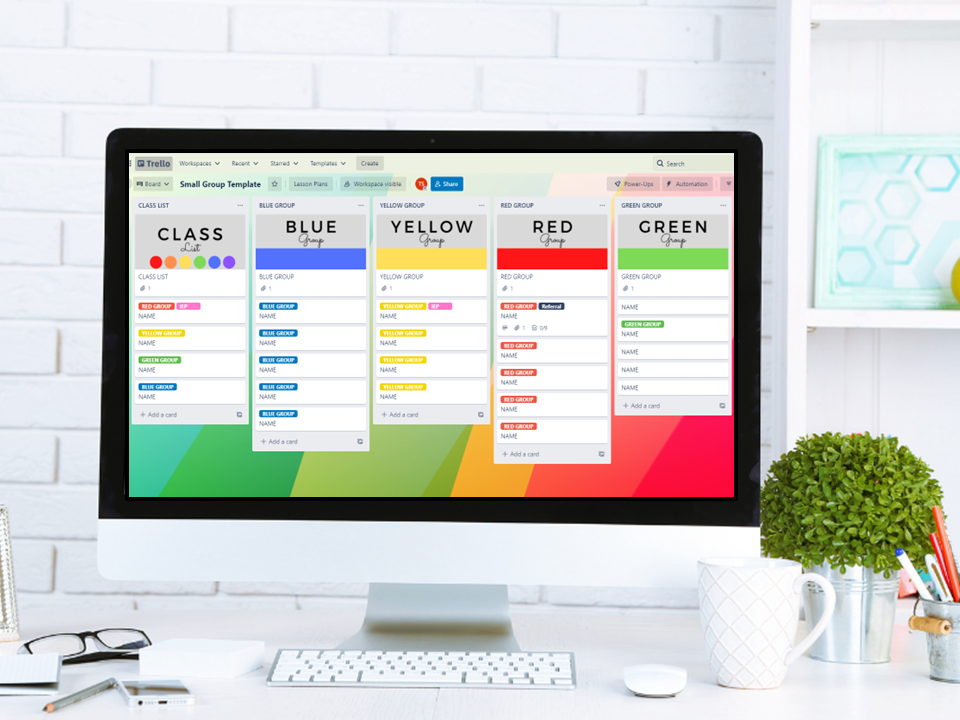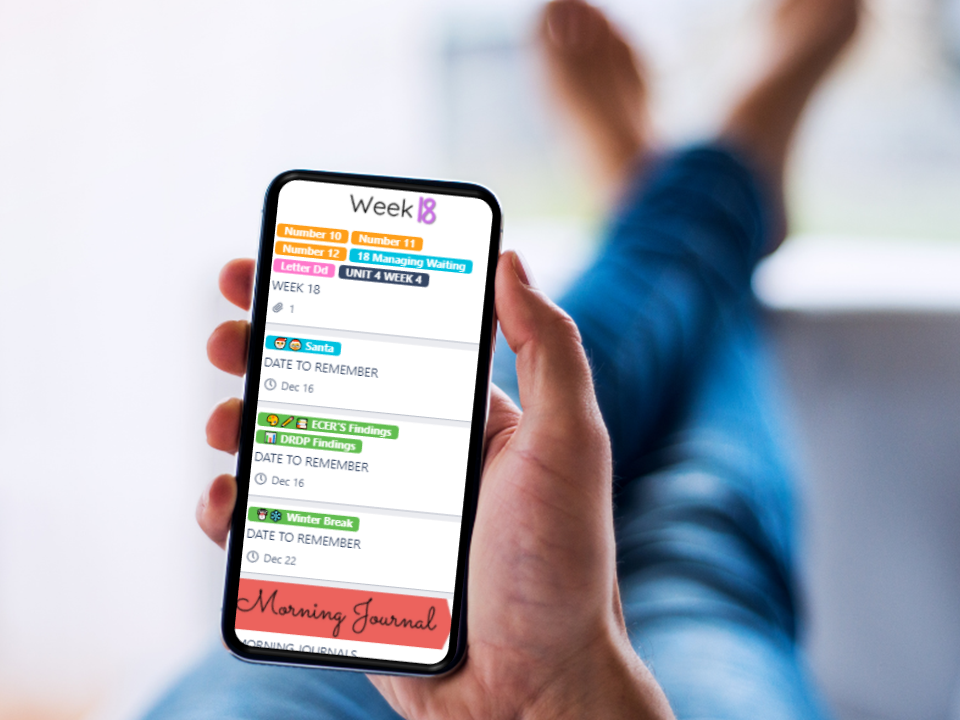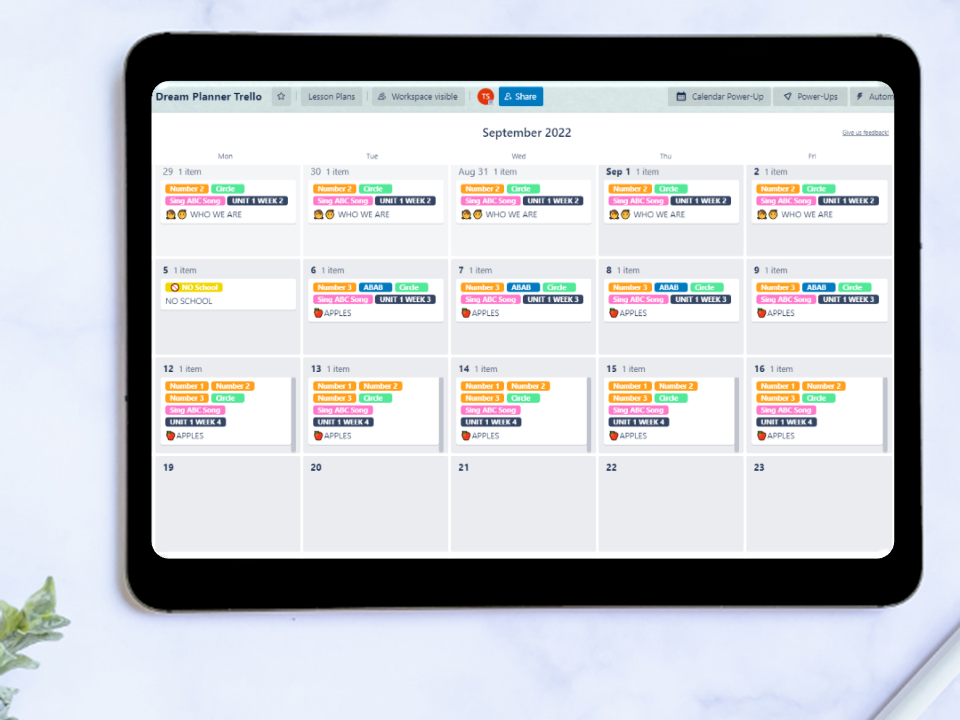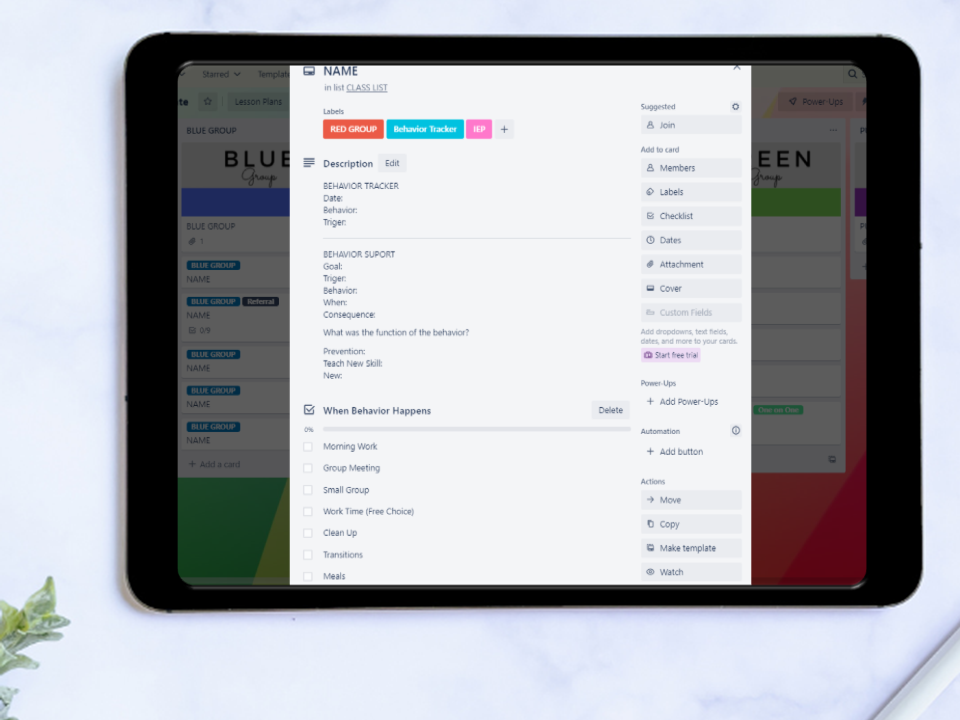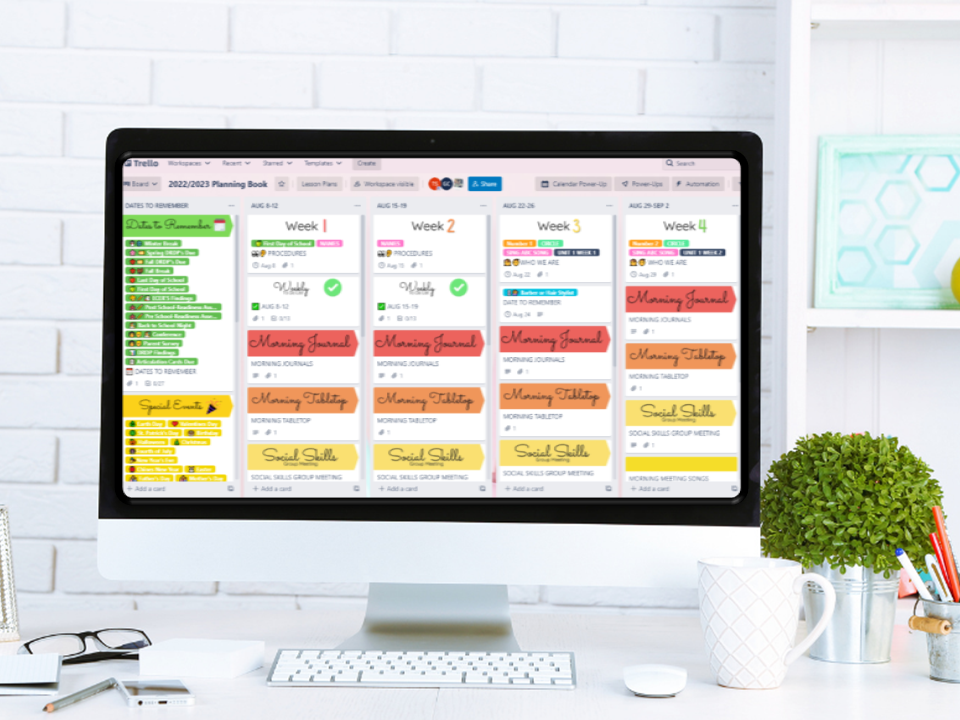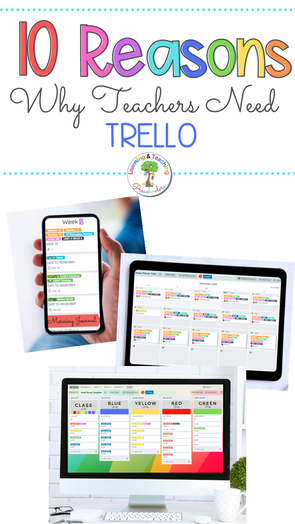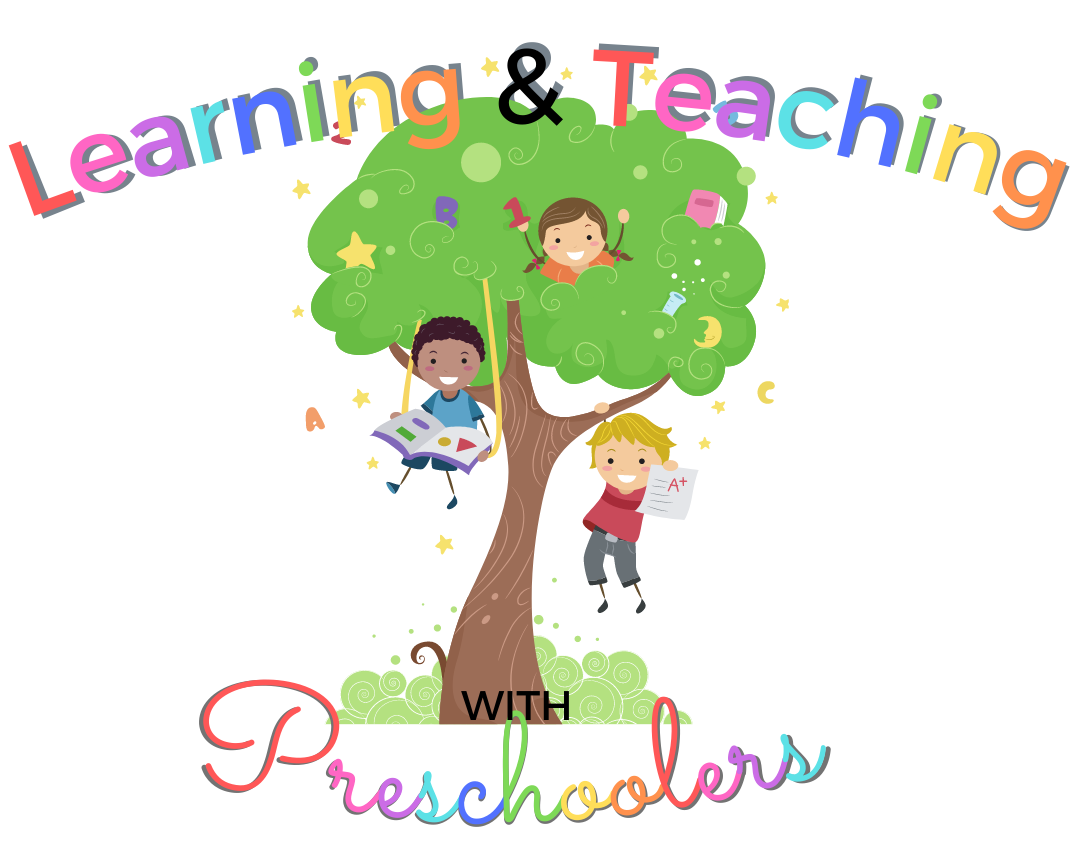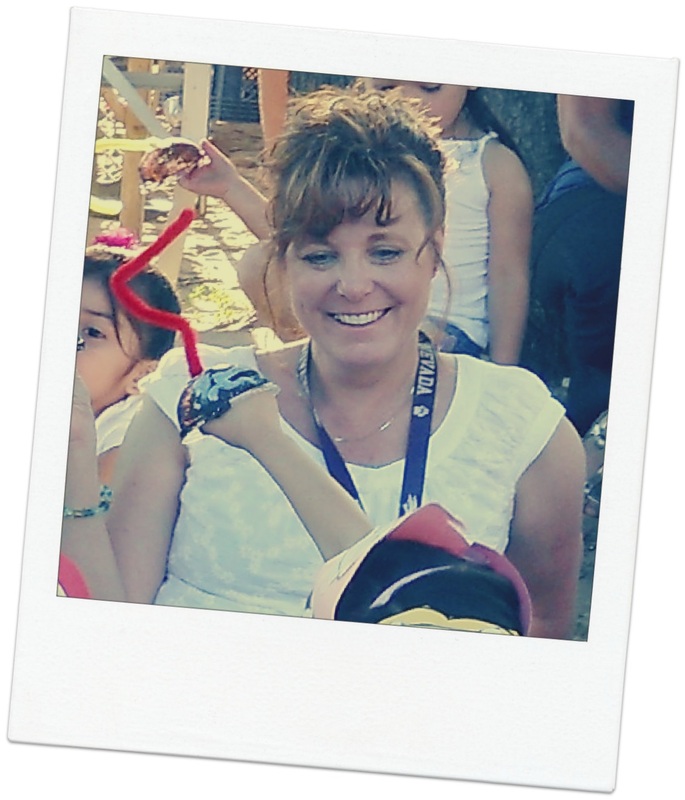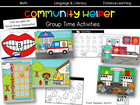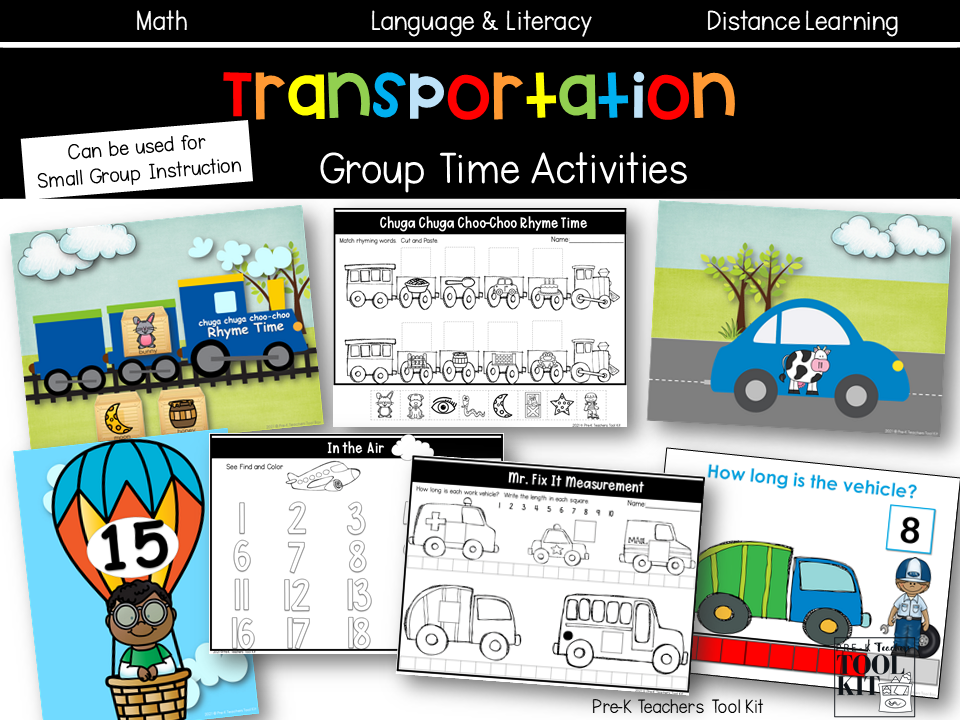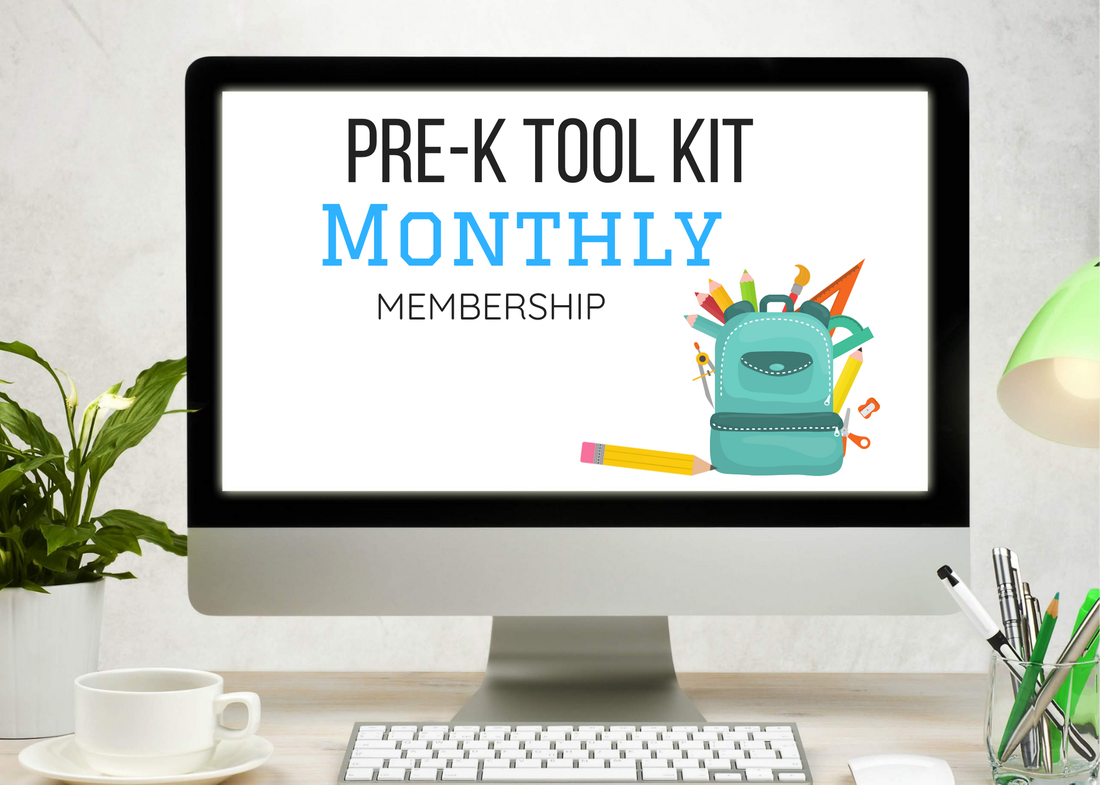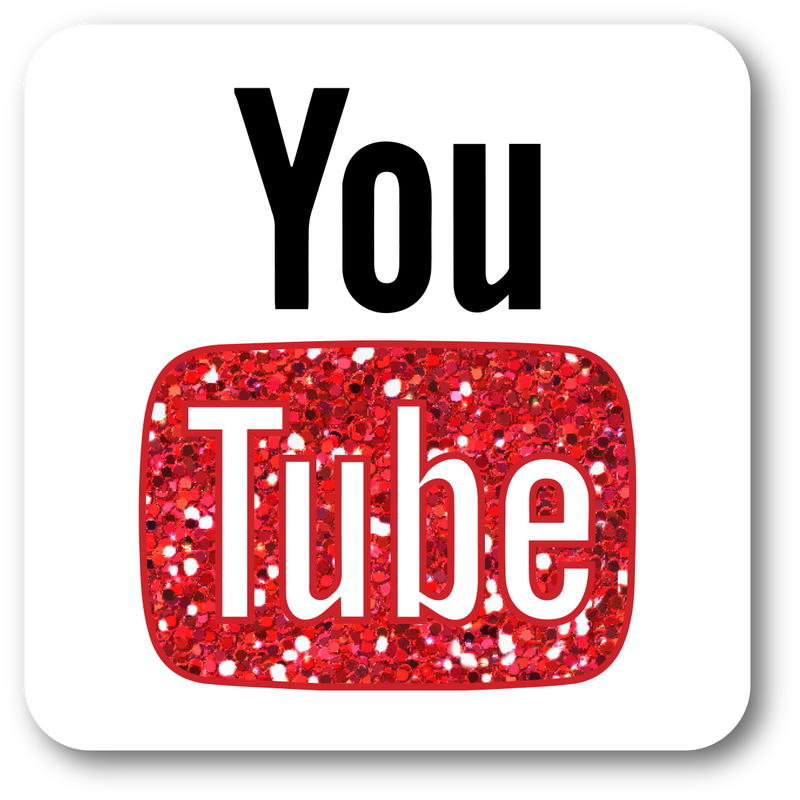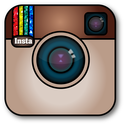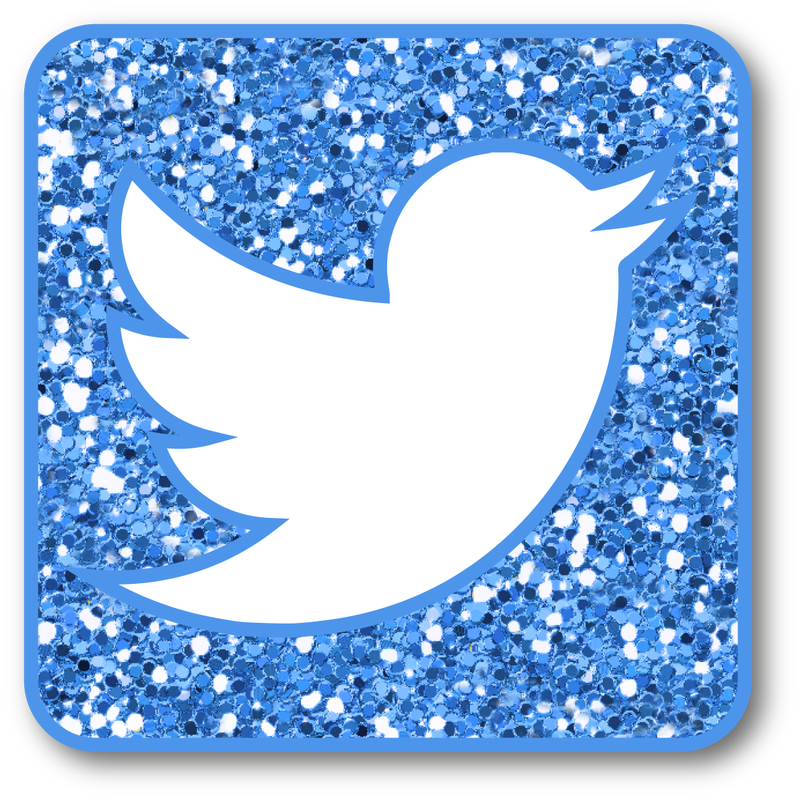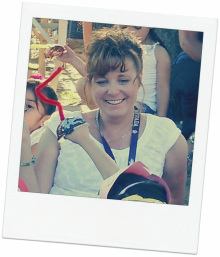|
Did you know that you can organize lesson plans and all your digital materials with Trello? I started using Trello for all of my teacher organizations and I haven't looked back. With Trello you can organize all of your lessons, resources, links, and videos in one place without lugging around a big bulky and heavy book bag. After trying dozens of different planning and organization systems, I’m very pleased to announce that Trello is my favorite. I’ve tried using binders, PowerPoint, Google Drive and even OneNote and at the end of each year I wished I could find a way to organize everything, I mean everything in one place. I wanted something that I could keep printable activities, interactive slides for group meetings, YouTube links and a place to house my calendar with all of my due dates in one PLACE. Is Trello FREE for teachers? Yes, Trello is FREE! You can sign up for a free account and get up to 10 boards. Boards are like a binder with tabs. You can upgrade for as little as $5.00 and get an unlimited amount of boards and advanced checklist. How do you use Trello lesson plan? Trello lesson planning is simple with a Trello lesson planning template. Inside each board are lists and cards. A list can be used for one week of planning and cards can be used for each block you need to plan. Trello List Think about the Trello List as a one-week plan. This list is broken down into each subject that you need to plan for known as cards. Trello Cards Cards can house everything you need for that particular plan. Digital resources that need to be printed, links to websites for games or even YouTube videos for music or informational videos for deeper understanding of a subject directly into the card. Add pictures to your lesson cards so that you have a visual reminder of what needs to be prepared before beginning a lesson or an activity. Keep your lessons organized with Trello Labels and Trello checklist. Sync Lessons On All Devices Teachers have been known to be brainstormers, and I'm sure you can relate that when you have brainstormed your best ideas you are sitting in the waiting room of the doctor's office and your planner is nowhere to be found. No worries with Trello for teachers you will be able to sync it to your phone, tablet and computer. No matter the time or where you are you will be able to add that brainstorm moment to your plans. And let’s not forget about all the times you have been on Facebook or Pinterest where someone has left an amazing link that you want to look at later, you can just simply copy the link and place it into your Trello teacher planner and put it into a list for later. A Planned Teacher is a Calm Teacher We all know that when we are well prepared for the day it will go a lot smoother, which makes teaching a whole lot calmer. Are you ready to try Trello for your lesson planning needs? Get started today with Trello for Teacher Yearly Dream Planner.
0 Comments
Cutting activities for preschool builds fine motor skills and hand strength, but there is also a developmental progression to scissor skills. When setting up a preschool cutting activity think about the 7 levels of cutting.
By providing children with a variety of activities and the opportunity to use scissors children will develop those much-needed fine motor skills. Setting up a cutting station is a great way to ensure that children get to practice cutting skills daily. Start by adding it to your daily routine during morning work time, quiet time or table activities. Ripping Children use their pinching grasp as they use both hands to pinch and rip paper. Paper strips or tape is the perfect activity for this. Snipping Snipping lets children practice opening and closing scissors and make a cut with just one motion. Cutting Activities for this could be cutting spaghetti. Straws or just strips of paper.  Fringing Fringing activities are scissor skills that require the children to snip paper rapitivelly without cutting through the paper. Straight Lines and Zig Zag Lines Straight lines require children to open and close the scissors multiple times per cut. Zig zag lines are more difficult because it requires children to turn the paper as they cut. Curved Lines and Shapes This is the last skill children will master. When cutting out shapes it requires children to use both hands at the same time. This is known as bilateral coordination.
Trello saved my teacher desk from endless piles of paper and my computer from a frame of sticky notes. Here are 10 ways that Trello, a digital organization for teachers, saved my desk and my teacher life. It’s FREE! You can create a free account that can be used on the web or linked to all devices with an app. You can have up to 10 free Trello boards that can be used to digital plan and organize your teacher life. Share and Collaborate When using Trello lesson planning you will be able to share your pacing calendar with other likeminded teachers and work smarter instead of harder. No HASSLE Small Group Organization Trello templates for teachers are a great way to get your small groups organized, you will never again have to retype your small group list because you moved a few students around. You can drag and drop students around from one group to another and if you need to take notes on a child for an IEP referral you are able to do that within the app. All Needed Files Are Just a Click Away Link files for referrals, activities and fliers from your computer or cloud storage to cards for easy access. Never again will you forget where a file is. Keep Lesson All in One Place Never plan another lesson twice again. Trello digital planning will allow you to plan everything out in a Trello yearly planner card where you can house everything you need for that lesson. Links to files, YouTube videos, music and books. Each time it’s ready to teach. Label and Color Code Cards Label and color code information in planning cards so that information can be identified at a glance. Important Dates to Remember Add important dates to your yearly lesson planning template cards and put a due date on it so that you have all due dates in one place along with your lesson plans. Never Forget Lesson at Home There is no worse feeling than realizing you left your lesson on the kitchen counter and don’t have time to go back and get them. NEVER AGAIN! You can access all of your planning boards from any device. No More Scrambling for Notes You can take all observation notes in a Trello teacher template for small groups. When it’s time for a referral you will have everything right there in one place. No more running back to your classroom for those needed notes for an IEP meeting. It’s as Easy as Using Sticky Notes It's as easy as using sticky notes but you will have an infant amount of notes that won't be stuck where you will forget where you put them, because you can find your notes on any device. Reminder notes and checklist right in your pocket. Other Ways Teachers Can use Trello
|
Welcome!I'm Tami Sanders creator of Learning and Teaching with Preschoolers, a blog to help teachers create magical moments for the young. Follow MeArchives
August 2023
|
||||||

